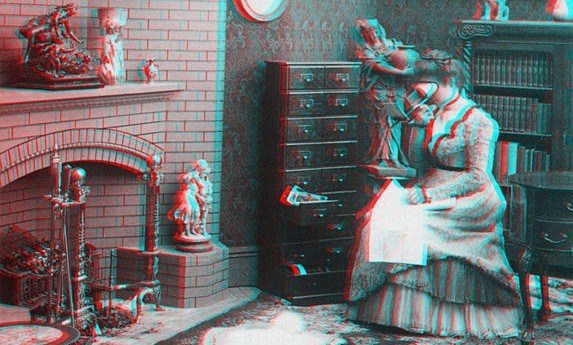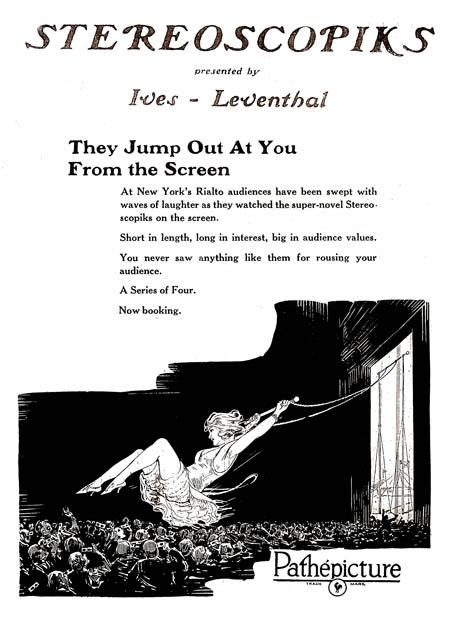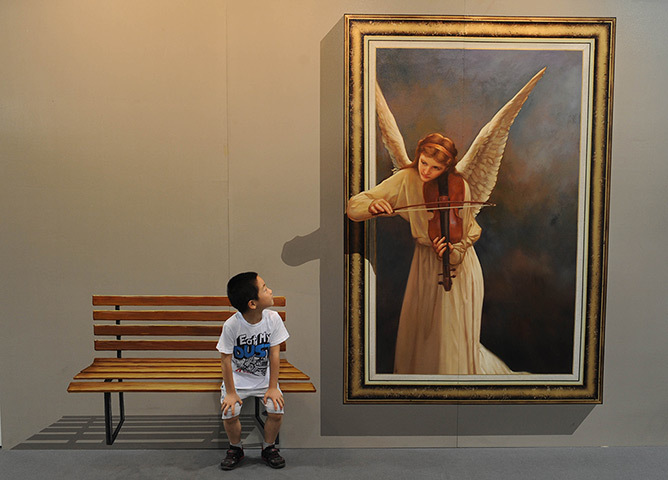e-Learning Ecologies MOOC’s Updates
Virtual reality interesting Smithsonian article
An Stereograph was a kind of 3D photography. Why does VR get its hooks into our psyche? What’s so intense about 3-D? That’s a question people pondered back in the mid-19th century, when they peered into an exotic new tool for summoning virtual worlds: the stereoscope.( Smithsonian article0see link)
In 1838, Ch. Wheatstone described in a paper, an illusion he had discovered. Drawing two pictures of something from two different perspectives, and then viewing each of them with a different eye, the brain would assemble them in a 3 dimensional view. He demonstrated the effect with a device , a viewer that sent to each eye a unique image and that was the world’s first stereoscope.
We can say the stereograph allowed people 150 years ago to enjoyi virtual reality experiences and transformed science as the technique gave Astronomers the possibility to see new lunar features..
The Underwood & Underwood company wrote in its teacher manual, "The stereograph is a superior kind of text, and a good teacher will not have so much trust in mere print,” .
"The World Visualized for the Classroom' persuaded teachers , and millions of students began using stereoscopes....
The first VRS..from 150 years ago.
http://archive.cnx.org/resources/8677ac9f31315c06e2449db85b4f85a45fcc7344/Graphic2.jpg
http://www.smithsonianmag.com/innovation/sterographs-original-virtual-reality-180964771/





Stereograph sounds good. Really, it depicts itself lively. Though now a days, some 3D software are used to create 3D pictures and animation, still stereograhpy makes it's effect on the viewer mind. It looks like interactive. No matter it is a still virtual experience. But Stereography may be used on classrooms wall by creating some subject related picture. For example, a stereographic picture of body parts can attract student attention and attention is the first step to happen learning. Because it has potential to depict a picture so student would be curious to learn about the picture..
But if we want to see process of any human body part , then how still 3D like stereograh will work? In my opinion, 3D animated body parts would be the best to visualize the process. what do you think about?